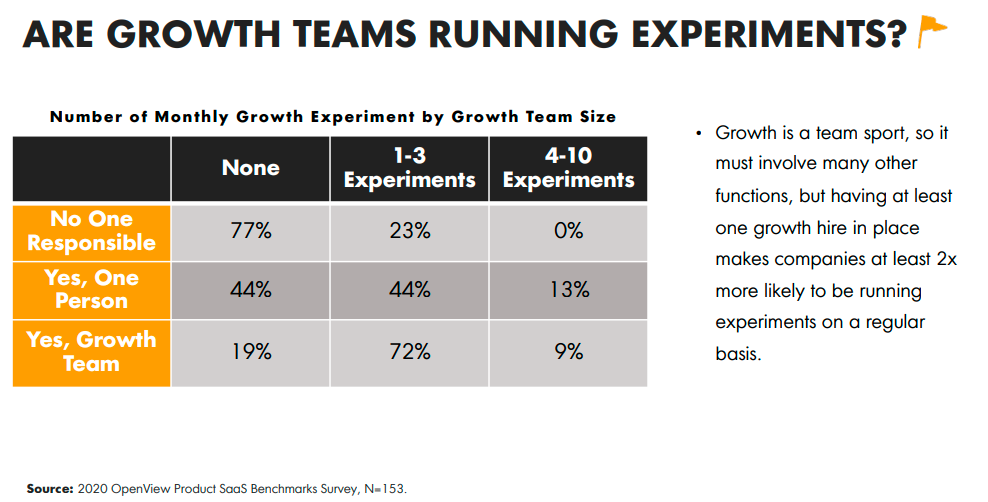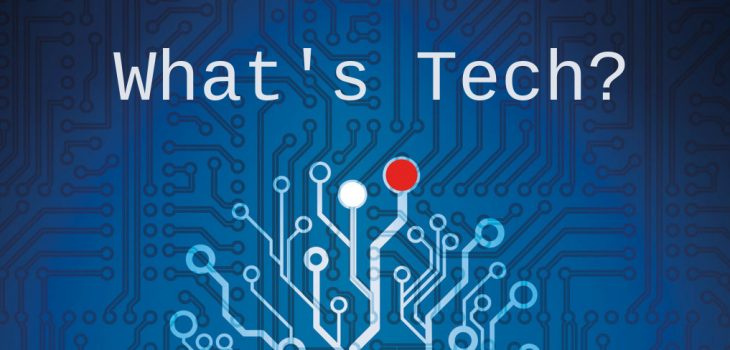 Experimentation
Experimentation
Science is the belief in the ignorance of experts…
This is important not only for core science but anywhere there are unknowns and lack of confidence in the conventional knowledge. Most people resist this relying on tradition. A fatal flaw.
For science… It does not matter whether you are young, old. You can be rich or poor. You can be schooled or not. But you must listen, learn and be patient. In effect, you need to be a constructive skeptic. And you must question your own ideas with even more effort than you question other ideas.
https://lemire.me/blog/2020/07/12/science-is-the-belief-in-the-ignorance-of-experts/















